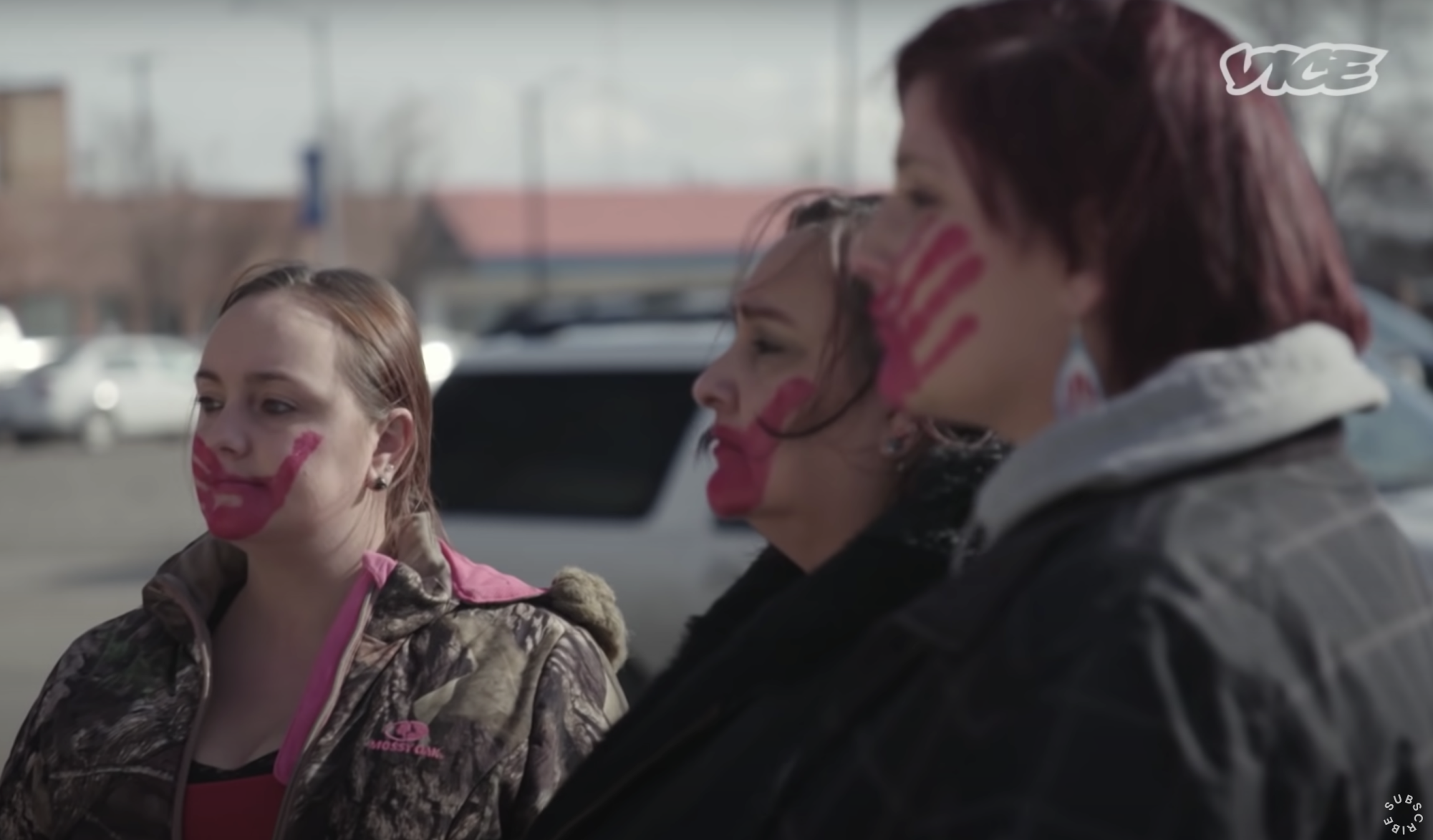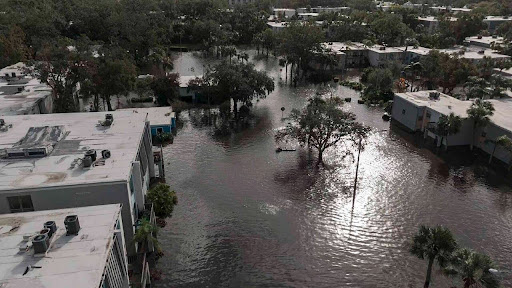
It is imperative to dive into the complex and often overlooked issue of missing and murdered Indigenous women, tracing its roots through a labyrinth of historical and systemic factors, especially during Women’s History Month,
Colonization, with its devastating impact on Indigenous communities, disrupted traditional societal structures and inflicted long-lasting wounds. Racism, deeply entrenched in societal attitudes and policies, has perpetuated the marginalization and invisibility of Indigenous women, rendering them vulnerable to violence and exploitation.
Seeking awareness of the injustices brought to this community, the Missing and Murdered Indigenous Women (MMIW) Red Hand is the symbol for the growing movement centered around all the missing and murdered sisters whose voices are not heard. It represents the silence of the media and law enforcement during this crisis. It’s appalling and unacceptable that an entire community is being systematically targeted and neglected by both media coverage and support systems while facing violence and disappearances.
This lack of attention and recognition only perpetuates the injustice and further marginalizes those affected, highlighting a disturbing disregard for human life and dignity. The MMIW Red Hand symbolizes the oppression and subjugation experienced by Native women, who are now asserting their voices. The hashtag # NoMoreStolenSisters signifies this powerful display of unity.
What is behind the widespread silence surrounding the MMIW issue?
The lack of attention on the Missing and Murdered Indigenous Women (MMIW) issue is largely rooted in historical factors like the Indian Relocation Act and federal policies, which have contributed to the displacement of Native American populations from tribal lands.
The Indian Relocation Act of 1956 was part of a broader policy aimed at assimilating Native Americans into mainstream American society by encouraging them to leave reservations and relocate to urban areas. The act provided financial incentives and job training programs to facilitate this relocation. However, it led to the displacement of Native Americans from their traditional lands and communities, disrupting their social, cultural and economic structures. With only 22% of Native Americans living on reservations, reporting challenges arise due to jurisdictional complexities and coordination issues among various agencies, hindering effective response and accountability mechanisms for addressing MMIW cases.
Native Americans living in urban areas lack resources connected to their culture and tribal community, facing a pipeline of vulnerability due to factors like food insecurity, foster care backgrounds and emotional isolation.
Caused by the lack of tribal jurisdiction that doesn’t extend beyond reservation boundaries, urban Native American women receive insufficient assistance when a loved one goes missing. According to nativehope.org, before colonization, Native societies traditionally esteemed and respected the sacred status of women. Women held positions of authority and carried out significant labor within their communities. However, European colonists, influenced by patriarchal views, subjected women to servitude under men. Consequently, Native women became victims of rape, violence, and subjugation.
“The violence against Native American women is a public health crisis: more than half experience sexual violence at some point during their lifetimes and one out of three is raped. Between 86-96 percent of the sexual abuse of Native women is committed by non-Indigenous perpetrators who are rarely brought to justice.” This mistreatment has persisted throughout America’s history, with Natives being forced to live with the consequences of the “American Dream.”
As stated by awareness group Native Hope, in 2016, there were 280 reported murders of indigenous women and 128 cases of indigenous women reported missing. Across 71 urban cities, indictments were made for 506 missing and murdered indigenous women and girls, with 98 cases having an unknown status. This is alarming and unacceptable, given that Native people comprise only 2% of the total U.S. population.
The statistics are clear: Native American women constitute a substantial proportion of missing and murdered cases. The murder rate for women residing on reservations is ten times higher than the national average, with murder ranking as the third leading cause of death among Native women. These statistics underscore a deeply troubling reality of systemic neglect and injustice within our society, invoking a demand for urgent attention and action to address the systemic issues contributing to this disproportionate violence and loss of life.







